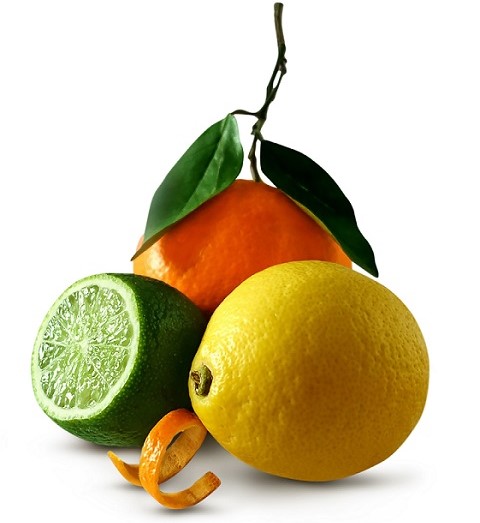This Baba Ganoush is paleo and nightshade-free! Feel free to try this recipe if you are ready to reintroduce seeds and/or spices while on the AIP diet.
 We are what we eat, so the saying goes. This saying is, no doubt, applicable to people affected by food sensitivities: have a bite of a wrong-for-you food and watch out for symptoms to return. So, for the majority of people with chronic illnesses, that often means cooking from scratch at home. Until now, it’s often the only solution to eating an individualized diet free from gluten, grains, legumes, nightshades, and anything else one might be sensitive to.
We are what we eat, so the saying goes. This saying is, no doubt, applicable to people affected by food sensitivities: have a bite of a wrong-for-you food and watch out for symptoms to return. So, for the majority of people with chronic illnesses, that often means cooking from scratch at home. Until now, it’s often the only solution to eating an individualized diet free from gluten, grains, legumes, nightshades, and anything else one might be sensitive to.
My nightshade-free Baba Ganoush
So, what to cook? This is the question I ask myself daily, and I am sure many people can relate to it. Whenever I am stuck and don’t know what to prepare, I tend to think “Dip”. Let’s take hummus as an example. It is a wonderful dish originating from the Middle East that’s popularly served up as a sauce, dip, or accompaniment to many meals. In its original form, hummus contains chickpeas as the main ingredient and a variety of spices.
Legume-free diets exclude the option of using chickpeas, but there are options available. People with a sensitivity to the phytic acid in chickpeas can replace it with other vegetables. Plantain, zucchini, and cauliflower, among a few others, will do the trick just fine.
Hummus doesn’t have too many ingredients and is very easy to make. Once the main “actors” are cooked and cooled, place everything in a blender and blend until it’s all smooth. Go ahead and serve it up in a bowl with whatever garnish or accompaniment pleases you! Simple, right?
 Hummus is not the only popular dip, as there are many other varieties available, for example baba ganoush, where eggplant is used as the main ingredient. But what to do if you are sensitive to nightshades? It’s all about experimenting with new foods to find what makes your taste buds happy while remaining nightshade-free. I used zucchini and portobello mushroom in an effort to imitate the taste of my once beloved dish. Try it out for yourself, as it’s quite a simple yet tasty dish to prepare!
Hummus is not the only popular dip, as there are many other varieties available, for example baba ganoush, where eggplant is used as the main ingredient. But what to do if you are sensitive to nightshades? It’s all about experimenting with new foods to find what makes your taste buds happy while remaining nightshade-free. I used zucchini and portobello mushroom in an effort to imitate the taste of my once beloved dish. Try it out for yourself, as it’s quite a simple yet tasty dish to prepare!
- 2 medium zucchinis*
- 1 beautiful portobello mushroom
- 2 tablespoons solid cooking fat (or coconut oil)
- 4 tablespoons tahini paste (replace with shortening for AIP)
- 3 tablespoons bone broth
- ¼ cup olive oil
- 1 large lemon, juiced
- 2 cloves garlic, minced
- ¼ teaspoon cumin powder (replace with 1 teaspoon lemon zest or lemon thyme for AIP)
- ¼ teaspoon smoked salt (or regular sea salt), more to taste
- Preheat the oven to 400F.
- Wash and pat dry the zucchinis and portobello mushroom, Once dried, roughly chop the vegetables and toss them with the cooking fat.
- Arrange everything in a large baking dish and bake for 40 minutes stirring once halfway through.
- When the vegetables are cooked, remove from the oven and stir well.
- Preheat broiler to high and broil the vegetables for 8 to 10 minutes until slightly browned.
- Let them cool, transfer to a food processor or a high powered blender with the rest of the ingredients and blend until smooth.
- Serve with chips (plantain, zucchini, etc.) or fresh vegetables.
* You can replace zucchini in your paleo baba ganoush recipe with cauliflower or try something entirely new yourself.



Best baba ganoush I’ve ever had! The flavor is better than baba ganoush with eggplant imo. It’s a great (and healthy!) snack to take on the road with crackers or cucumbers. I will be making this on a regular basis!
I didn’t need quite as much lemon as the recipe called for, but my lemons were pretty juicy, so others might.
It was pretty easy to make except for cleaning my Vitamix afterward. It was well worth it though!